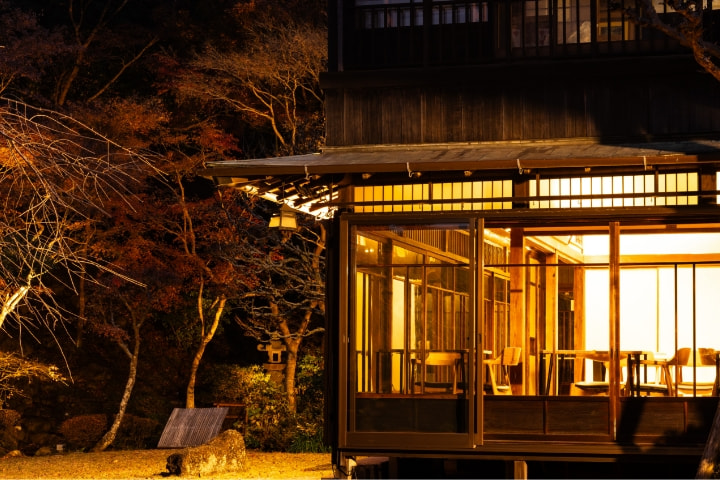An unexpected encounter
A precious moment in time.
The traveller visiting Kamakura waves off the outbound train they arrived on.
This place, which is only around one hour from Tokyo, is perfect for a taste of travelling.
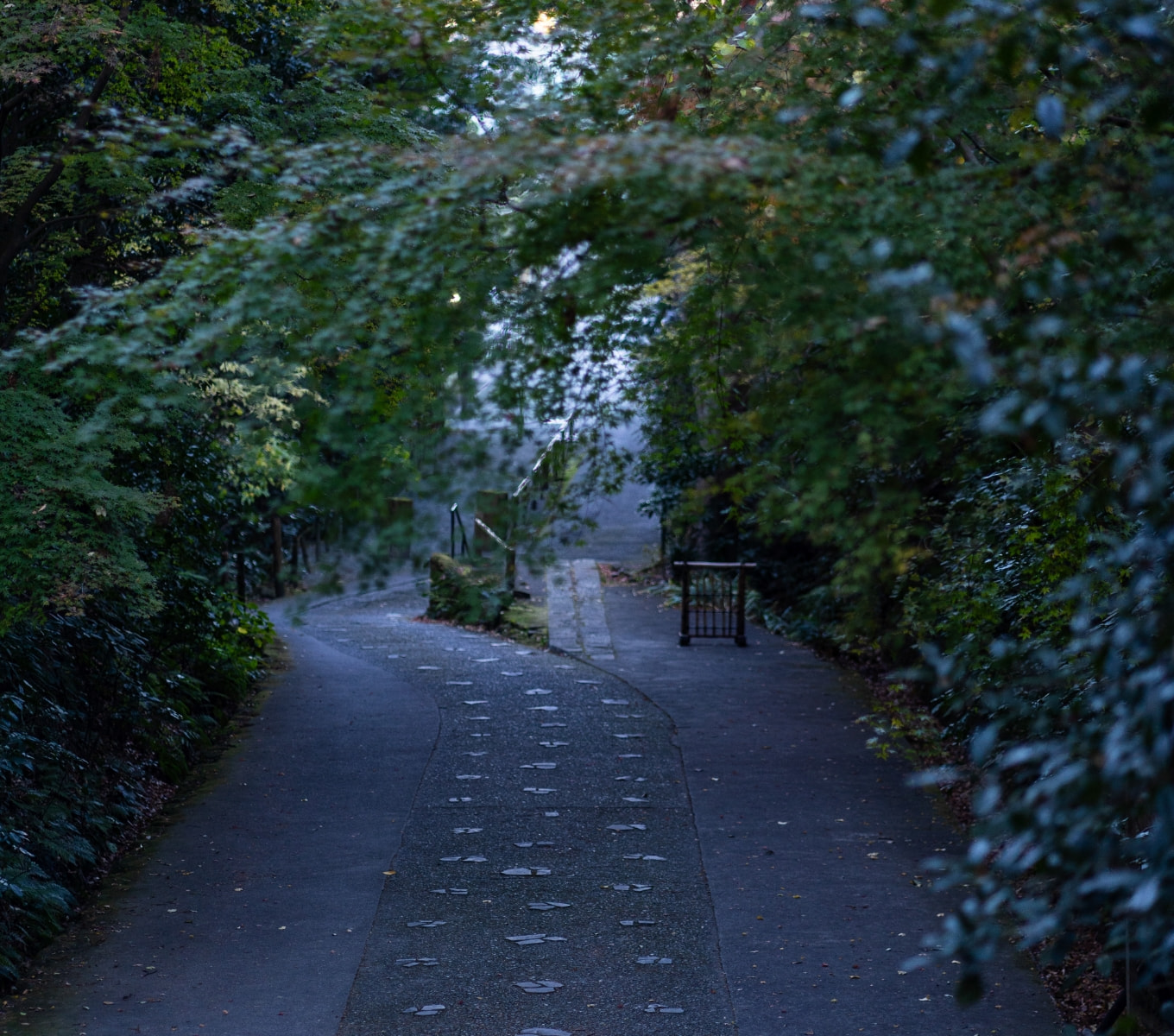
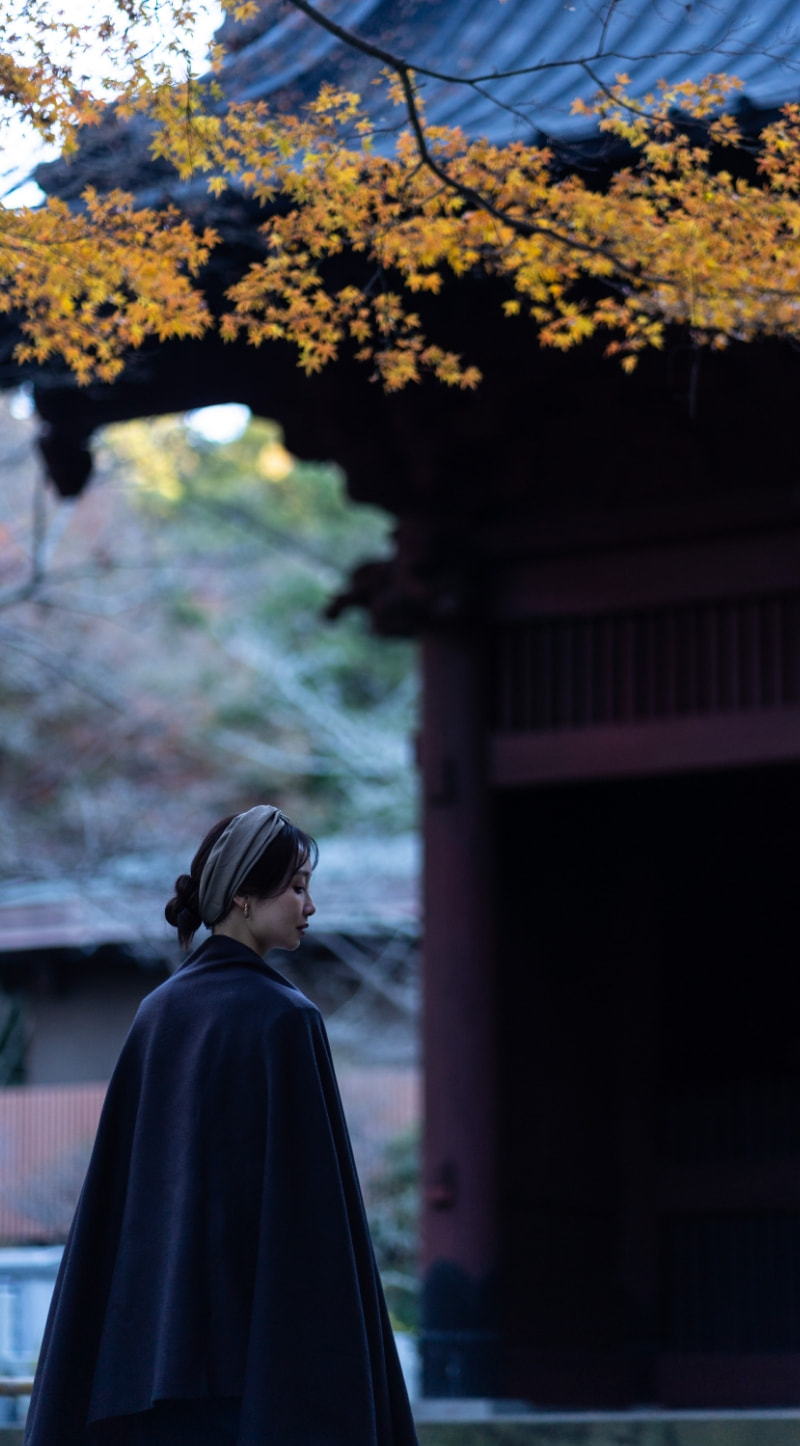
Deliberately avoid the crowds moving
towards Hachimangu Shrine and point
your feet in the direction of the
alleyway on the opposite side of the
station.
Walk along the lane looking for the
vestiges of the foundations of samurai
society built in Kamakura by Minamoto
no Yoritomo in Japan at the end of the
12th century.
Thinking back to the time when
aristocratic society centred on Kyoto
was replaced by samurai, a turning
point that dominated the world, we
absolutely believe that the world
cannot resist change.
It may be the nature of Kamakura, the
ancient samurai city, but it is
enveloped in a different vital energy
from Tokyo, one that resonates deep in
your chest.
The footprints of those who have gone
before you here and there may speak
directly to your heart through the
echoes of time.
The traveller is distracted by the narrow hill on the way home from visiting the shrine.
And, as they walk deeper into the narrow street enveloped in silence, right at the end, they encounter the impressive residence with its tiled roof.

The gate, both tasteful and dignified in style, stands in the silence, gently beckoning to the traveller; an invitation to a world full of atmosphere beyond it.
It is said that the residence and garden are full of Japanese ambience and were built by a certain president of a long-established company in 1927, at the beginning of the Showa Era, and later taken over by the personage,Sasho Eikichi.
When you pass through the Japanese curtain waving in the breeze at the entrance, you are greeted by the smiling face of the calm and gentle proprietor.
You won’t be able to wait to taste the excellent dishes, Shabu-Shabu and Sukiyaki.
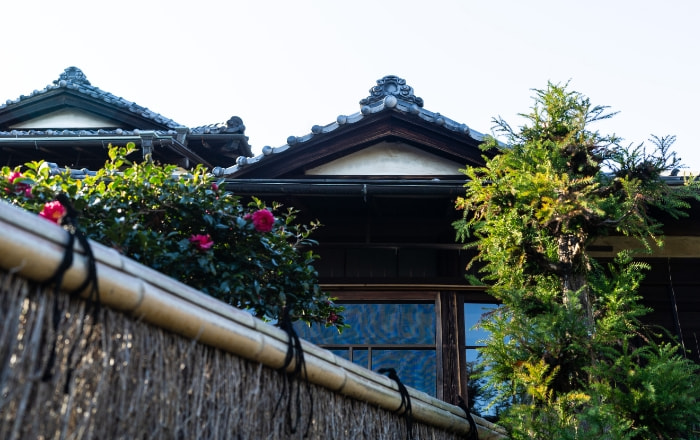
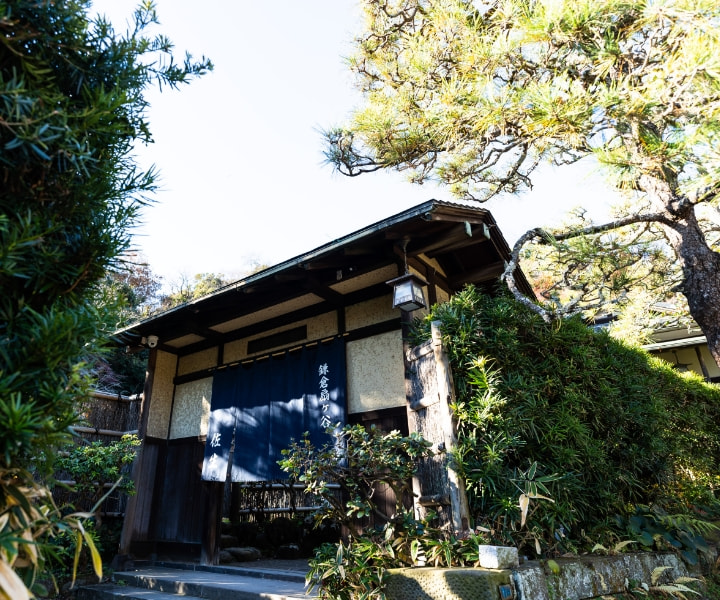
As the story goes, Sasho Eikichi, who was a lawyer, was a very individualistic and particular man. At the time, he was an advisor to top companies, and he used this place to entertain executives.
This is a residence for hospitality, where the most discerning and well-heeled people of rank and position came to enjoy the finest cuisine and to enjoy an exceptional moment in time.
It feels like the appearance of the house tells us all about the events of a century ago even now.
The traveller sits on a seat overlooking the garden they were shown into and keenly feels the pleasant breeze and the aroma wafting from the trees.
Looking out onto the garden, you will be moved by the breathtaking and secluded atmosphere.
It is likely to show us its different faces that are never the same season by season.
It is said that it is a garden that passes on the style of a famous Kyoto gardener.

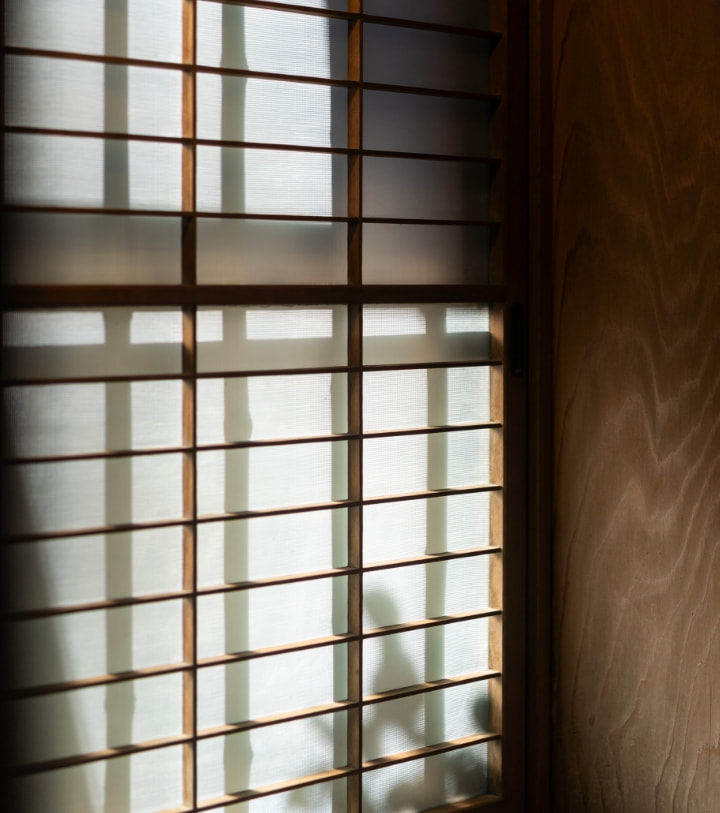
In addition to a riot of colour from the plants, there are groups of stones, bridges and waterfalls and you will be satisfied that it is a well-planned garden worth seeing.
There is no mistake that enjoying this garden as ‘part of the cuisine’ is time which offers us unimaginable luxury.
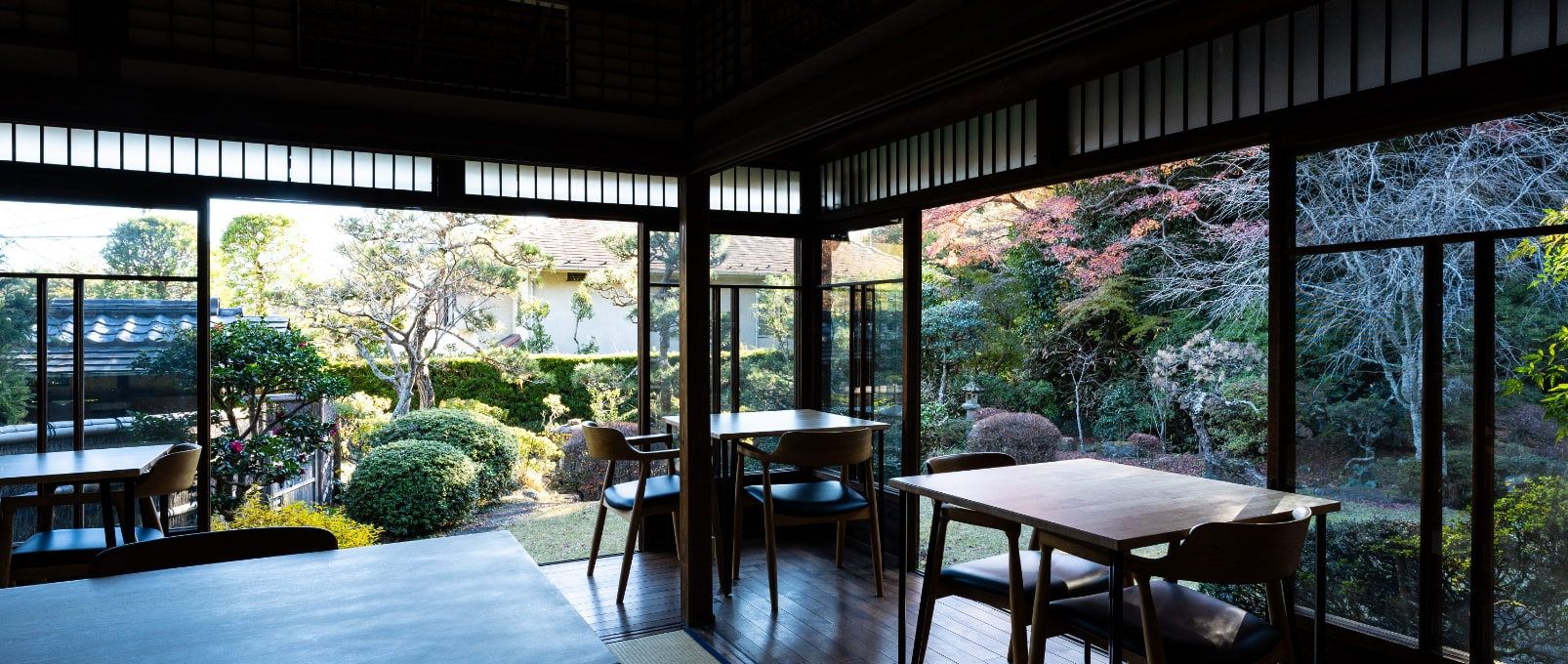
From time to time, the sound of the old wooden structure creaking reminds us that this residence was built 100 years ago.
It was a turbulent era due to the worldwide financial crisis.
The traveller lets their thoughts run wild.
What did the wabisabi world view in that era give to people’s hearts?

The long shadows cast by the sunset show the charm of the many layers of garden trees even more three-dimensionally.
The traveller seems to like this seat where they can look out over the garden.
Before long, the call to dinner comes.
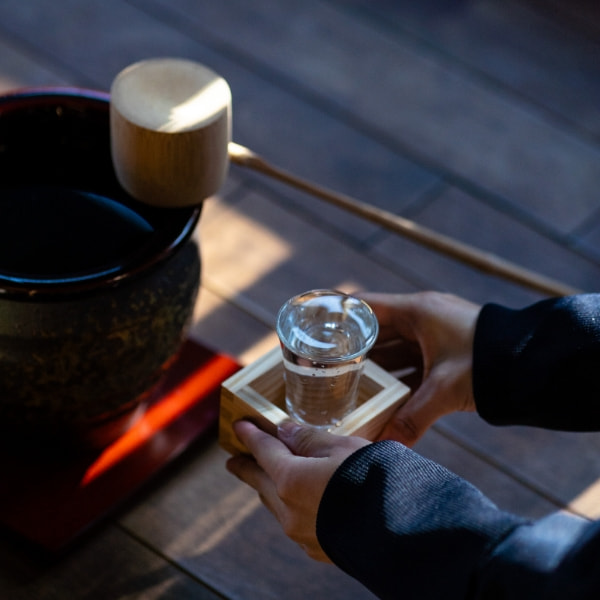
They enjoy the cuisine and the sharp taste of the sake recommended by the proprietor.
Even the time spent waiting for a dish to arrive feels refined here.

Then they enjoy sukiyaki and shabu-shabu with rare locally-produced beef and Kamakura vegetables combined to produce the taste of Hayama.
As you would expect, the intent of Sasho Eikichi’s hospitality is clearly expressed.
To write the cuisine off as just delicious would be tactless.
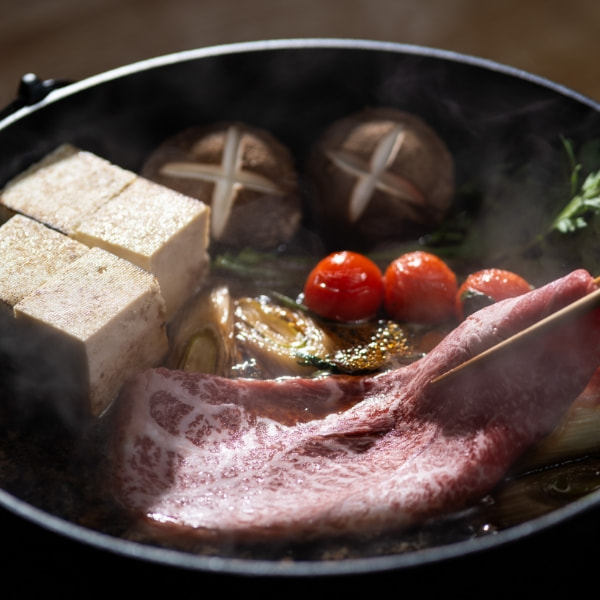
This place is the residence, the garden and then the cuisine.
It would be vulgar to narrow these down to just one word, satisfaction.iting for a dish to arrive feels refined here.
The cuisine is created by the era, the place and the people.
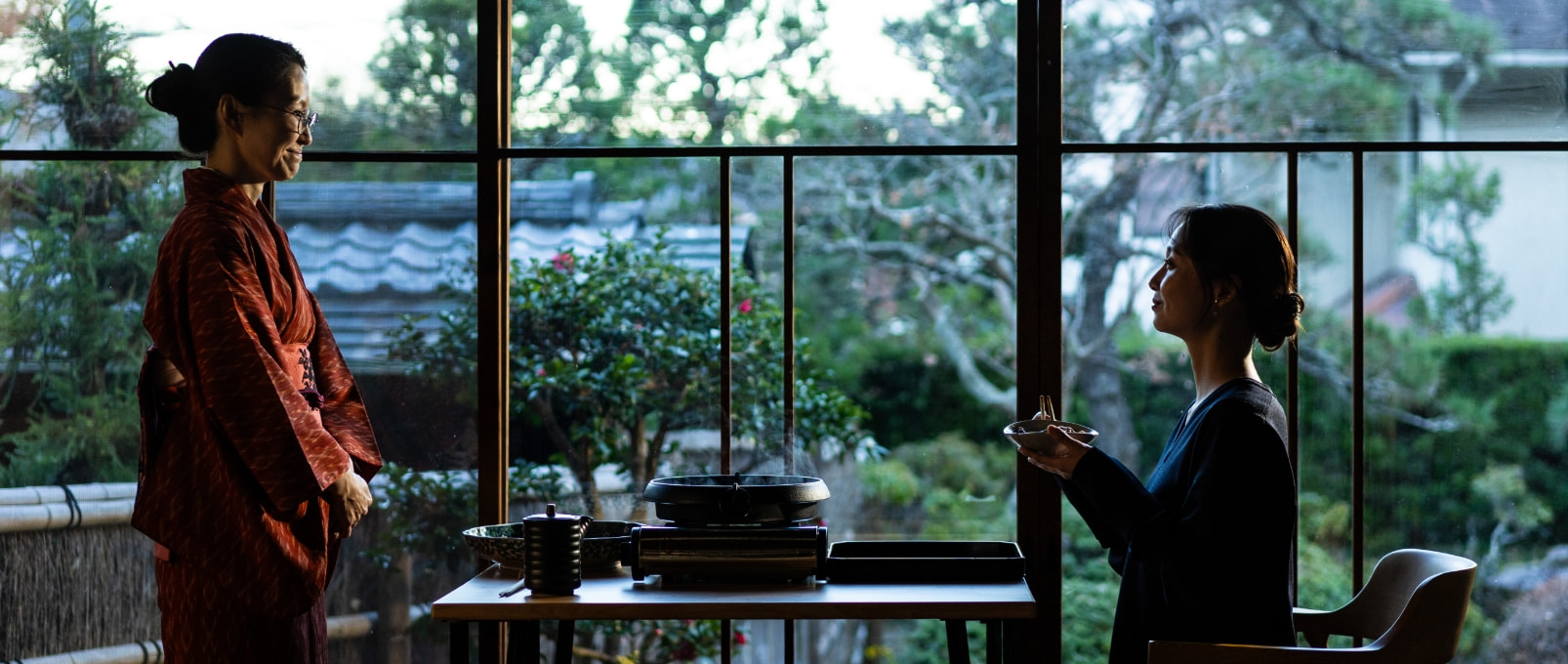
The traveller sets off home to Tokyo with a moment in time like a special treasure that they have found in an unexpected place etched into their memory.
